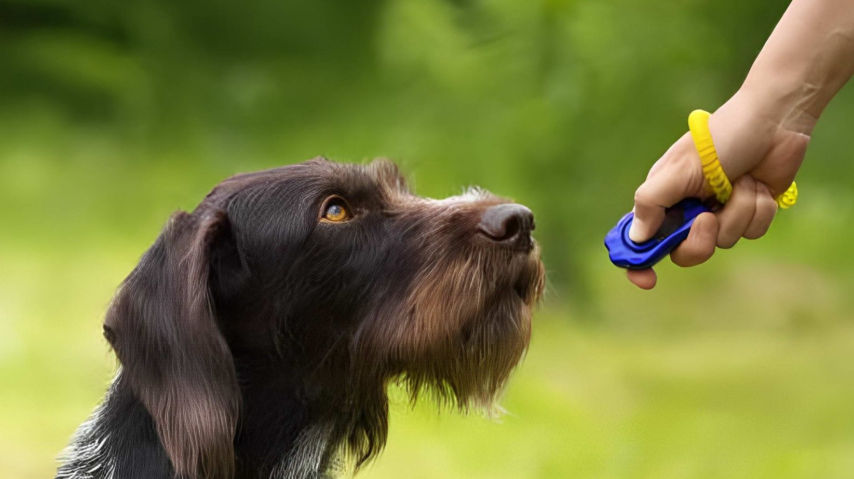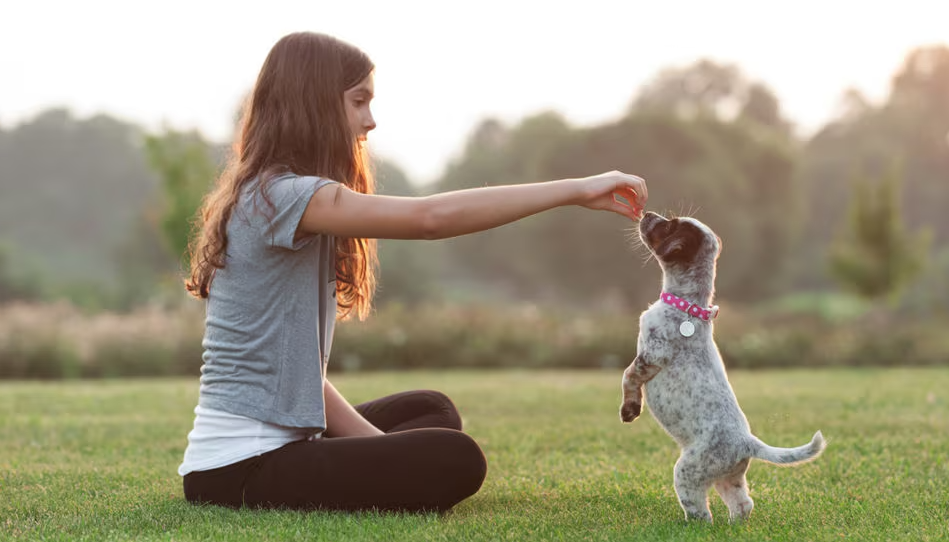Bringing home a new puppy is an exciting and joyful experience, but it also comes with a fair share of challenges. One of the most important things new pet parents need to focus on is training. Teaching basic cues early helps establish good behavior and strengthens the bond between you and your furry friend.
When I got my first puppy, I quickly realized that consistency, patience, and the right tools were essential to success. If you’re looking for effective puppy training tips, you’re in the right place! Let’s dive into how you can teach your puppy the basics and set them up for a lifetime of good behavior.
Puppy Training Tips: Getting Started with Basic Cues
The key to successful puppy training is consistency, positive reinforcement, and patience. Puppies have short attention spans, so keeping training sessions brief and engaging is crucial. Here are some foundational training tips to help you and your pup get started:
1. Use Positive Reinforcement
Puppies respond best to rewards rather than punishment. Whenever your puppy follows a command correctly, reward them with treats, praise, or playtime. This helps them associate good behavior with positive outcomes.
2. Keep Training Sessions Short
Young puppies can only focus for a few minutes at a time. Aim for 5-10 minute training sessions, a few times a day, to reinforce learning without overwhelming your pup.
3. Start with Simple Commands
Begin with easy, essential cues such as:
- Sit: Hold a treat above your puppy’s head and move it slightly back. As their head tilts up, their bottom will naturally lower. Once they sit, say “sit” and reward them.
- Stay: Ask your puppy to sit, then hold your hand up like a stop sign and say “stay.” Take a step back, then return and reward them for staying in place.
- Come: Use a happy tone, say “come,” and encourage your puppy to run toward you. Reward them with excitement and treats when they reach you.
4. Be Consistent with Commands
Use the same words and gestures for each cue to avoid confusing your puppy. If everyone in your household participates in training, make sure they use the same commands.
5. Socialization is Key
Expose your puppy to different environments, people, and other animals to build their confidence. Well-socialized puppies grow into well-behaved adult dogs.
Puppy Training Tips – Essential Tools and Products
Training your puppy is much easier with the right tools. Here are some helpful products that can make the process smoother:
1. Clicker Trainer
A clicker is a small device that makes a distinct sound to mark desired behaviors. Clicker training helps puppies quickly understand which actions earn rewards.

2. Training Treats
Having high-value treats on hand keeps your puppy motivated. Look for small, soft treats that are easy to chew and digest.
3. Treat Pouch
A treat pouch allows you to carry rewards conveniently during training sessions. It helps keep your hands free while still having treats within reach.
4. Long Training Leash
A long leash gives your puppy some freedom while still allowing you to reinforce commands like “come” and “stay” in outdoor settings.
5. Puzzle Toys
Mental stimulation is just as important as physical exercise. Puzzle toys keep your puppy’s mind engaged and can help prevent behavioral issues caused by boredom.
Puppy Training Tips: Troubleshooting Common Challenges

Even with the best training efforts, puppies can sometimes be stubborn or distracted. Here’s how to handle common training hurdles:
Puppy Not Listening?
If your puppy isn’t responding to commands, check their environment. Too many distractions can make it hard for them to focus. Try training in a quiet space before progressing to busier areas.
Accidents in the House?
Potty training takes time. Take your puppy outside frequently, especially after meals and naps. Praise them enthusiastically when they go in the right place.
Nipping and Chewing?
Teething puppies love to chew! Provide chew toys and redirect them whenever they try to bite your hands or furniture.
Conclusion
Training a puppy requires patience, consistency, and plenty of love, but the effort is well worth it. By using positive reinforcement, keeping sessions short, and incorporating the right tools, you can set your puppy up for success. I remember the joy I felt when my puppy finally mastered “sit” after days of practice—it was a small victory that made a huge difference. Every little step in training strengthens the bond between you and your furry friend. So stick with it, celebrate the progress, and enjoy the journey of raising a well-behaved, happy pup!